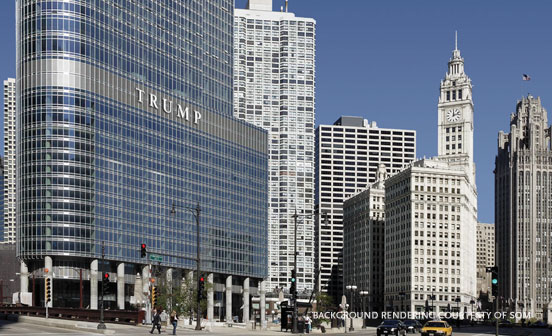United States v. White
White, Ford, and Helton were involved in a mortgage fraud scheme through White’s company, EHNS. EHNS offered a “mortgage bailout” program, telling homeowners that they could avoid foreclosure by transferring their homes to EHNS for one year, that EHNS investors would pay the mortgage, that the owners could continue to live in their homes, and that they could reassume their mortgages at the program’s conclusion. EHNS investors actually took title outright. White would pressure appraisers to assess the properties at amounts higher than actual value. EHNS would strip actual and manufactured equity by transaction fees. Clients almost never were able to buy back their homes. Lenders foreclosed on many of the properties. Through fraudulent mortgage loan applications, White obtained financing for straw purchasers. Ford was the closing agent, supposed to act as the lender’s representative, but actually fabricating official documents. Helton was the attorney and “represented” homeowners at White’s behest, pocketing legal fees paid out of the equity proceeds and orchestrating a cover‐up by representing the homeowners in subsequent bankruptcy filings. All were convicted of multiple counts of wire fraud, 18 U.S.C. 1343; Helton was also convicted of bankruptcy fraud, 18 U.S.C. 157. The Seventh Circuit affirmed, rejecting claims concerning the sufficiency of the evidence, challenges to joinder of the defendants and to jury instructions, and a Brady claim.
| ||||||||||
Norem v. Lincoln Benefit Life Co.
In 1994, Norem purchased a “Flexible Premium Variable Life Insurance Policy” from Lincoln Benefit. With variable life insurance, part of the premium is allocated to the insurer’s investment funds, called subaccounts. Policyholders may move their investments within the subaccounts and the death benefit, which is guaranteed not to fall below a certain amount. With variable universal life, the policyholder may easily invest and alter insurance coverage. The policy is comprised of the policy value, which represents the investment component, and its net amount at risk, which represents the insurance component. Norem purchased his policy because he wanted both life insurance and an investment vehicle for the proceeds from the sale of his ownership of a medical business. The policy has a “cost of insurance” (COI) charge deducted monthly from the policy. The policy explains how the COI rate is calculated. Norem filed a putative class action on behalf of himself and other similarly situated policyholders, claiming that Lincoln Benefit breached the terms of its policies in its method of calculating the COI rate.Before deciding on class certification, the district court granted summary judgment to Lincoln Benefit, concluding that its calculation of COI rates did not breach the contract. The Seventh Circuit affirmed.
| ||||||||||
United States v. Garcia-Avila
As part of an immunity agreement, a confidential informant agreed to pose as an individual looking to buy drugs and met with Quiroz, whom he had known for several years, and three other men: Mendez, Figueroa, and Garcia. The CI wore a wire and secretly recorded conversations about purchasing “ice,” a slang term for methamphetamine, and other drugs. Garcia was convicted of conspiracy to distribute and possess with intent to distribute methamphetamine and attempted distribution of methamphetamine, 21 U.S.C. 846 and 841(a)(1). The Seventh Circuit affirmed, rejecting arguments that the district court erred when it allowed expert testimony about the meaning of “code” phrases and admitted evidence of his prior ecstasy transactions and that the prosecution’s statement, “and he does those things” during rebuttal arguments unfairly prejudiced the jury.
| ||||||||||
Showing posts with label Class Actions. Show all posts
Showing posts with label Class Actions. Show all posts
Saturday, December 14, 2013
U.S. 7th Circuit Court of Appeals - Criminal Law, Class Actions
Labels:Social Media
Class Actions,
Criminal Law
Subscribe to:
Comments (Atom)

